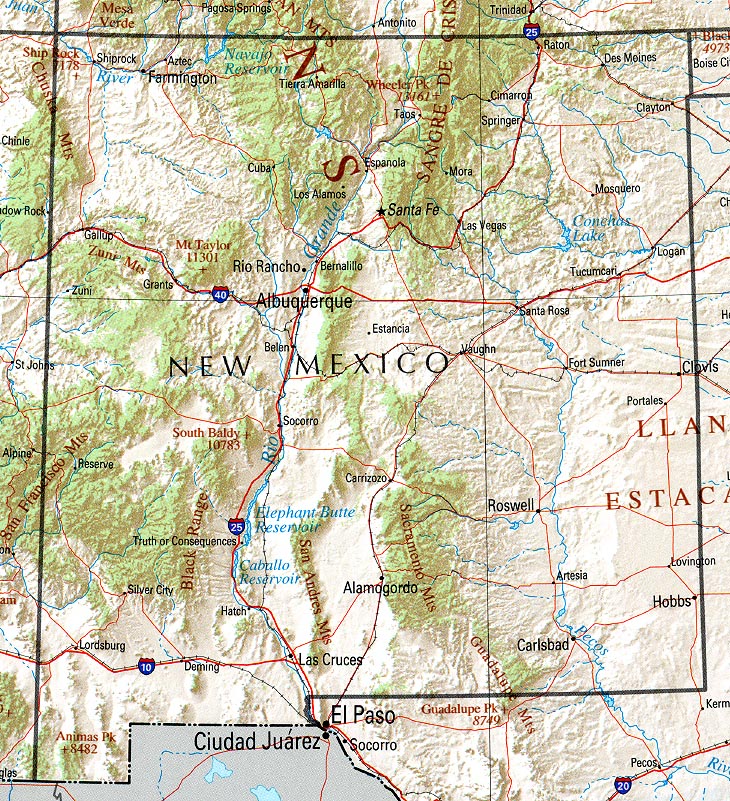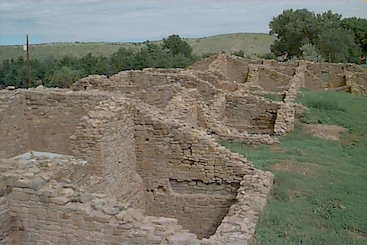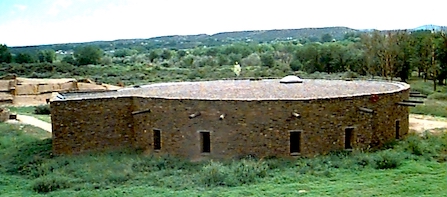Aztec (Pueblo Ruins) & Bloomfield (Salmon Pueblo Ruins) are both northern examples of pueblos of the Chaco Culture. They are both on major rivers, Aztec on the Animas and Bloomfield on the San Juan. Aztec's Great House had over 400 masonry rooms. It was a well-planned community, and is the largest ancestral Pueblo community in the Animas River Valley. There is evidence that Aztec lasted after the major buildings in downtown Chaco were abandoned. When building ceased in the late 1200s, the community consisted of several great houses, great kivas (a kiva is a Hopi word meaning “ceremonial chamber”), small residential pueblos, earthworks, roads and tri-walled kivas. Aztec ruins has the only completely rebuilt Great Kiva.
Salmon Pueblo was built in A.D. 1088-1090. Dating the age of ruins can be accomplished using dendrochronology or tree ring dating. The village was lived in until around 1288. They are both Chaco culture outliers as demonstrated by their stone construction.
It is now thought that the ruins were ceremonial centers and were where people from all around the area would come together. By about 1300 A.D., the ancestral Pueblo people left this region entirely and dispersed southeast, south, and west. A combination of factors such as drought, climate changes, depletion of natural resources and social changes likely influenced the ancestral puebloans' decision to leave their well-planned community in order to establish their lives elsewhere. Many puebloans today trace their roots back to the people of the Chaco culture.


